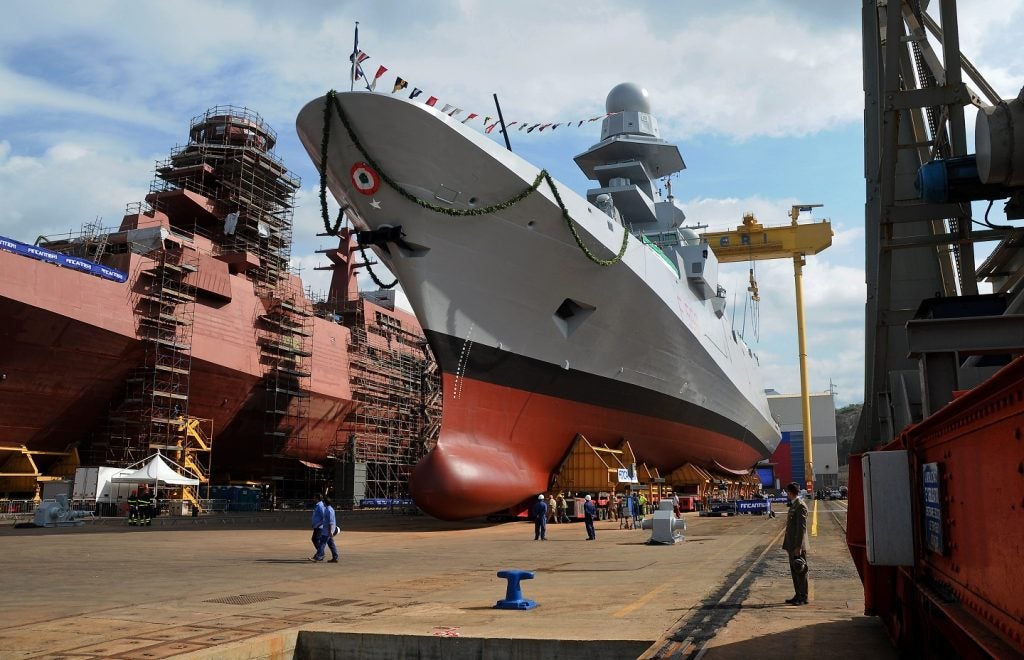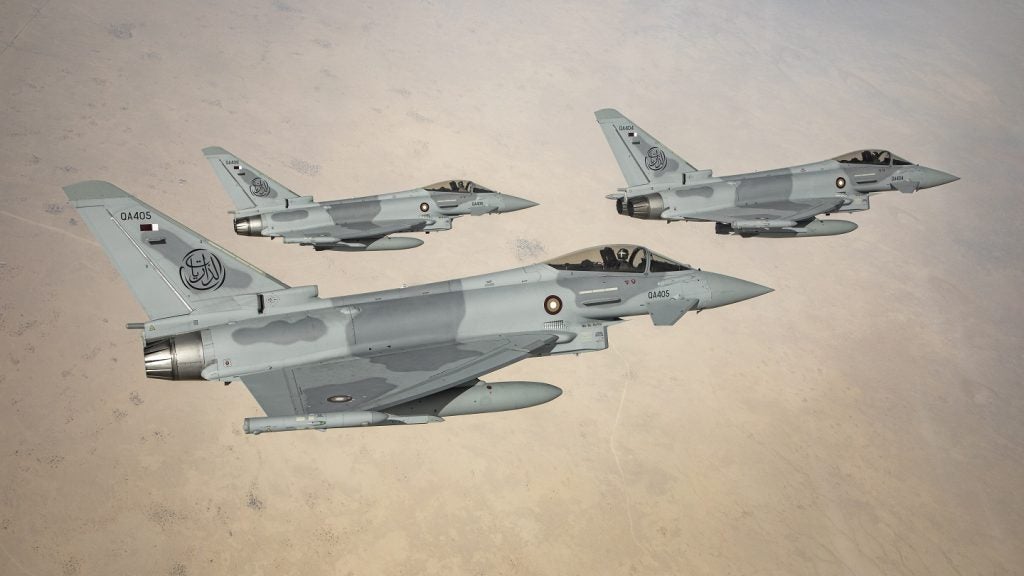In a ceremony at the Riva Trigoso shipyard in Genoa, the ninth multipurpose frigate of the FREMM series, named Spartaco Schergat, was unveiled.
This marks a stride in the joint Italo-French programme. The launch was graced by dignitaries and led by the granddaughter of the decorated military figure Spartaco Schergat.
Amidst the scenery of Genoa, the integrated shipyard witnessed the launch of the Spartaco Schergat, the latest jewel in the crown of the FREMM programme. The programme comprises ten multi-mission European frigates. OCCAR oversees this collaboration between Italy and France.
According to GlobalData's "Italy Defense Market 2023-2028" report, Italy's frigates segment is valued at $1.9bn, constituted mainly by the ongoing construction of an additional two FREMM multipurpose ships to replace the two that were sold to Egypt in 2020. These are expected to enter service in 2024.
Distinguished guests, including regional leaders and Naval officials, attended the ceremony.
The vessel, measuring 144 meters long with a beam of 19.7 meters, embodies a total load displacement of approximately 6,700 tons. The ship has a speed exceeding 27 knots and a capacity for around 200 personnel. The Spartaco Schergat aims to promise operational flexibility in diverse tactical scenarios.
Following the launch, the ship will be fitted out at the Muggiano shipyard in La Spezia and scheduled for delivery in 2025. This latest addition to the FREMM fleet continues the legacy of its predecessors, which have demonstrated capabilities since the program's inception.
The FREMM programme is in place to modernise and fortify the Italian Navy's fleet. The builders within the FREMM programme are France's Naval Group and Italy's Fincantieri.
Italian naval manufacturer Fincantieri reported a robust financial performance in Q3, showcasing a 60% yearly increase in core earnings, totalling €276 million ($299.6 million), and an improved margin of 5.1% compared to last year. Despite a slight dip in the broader European defence market, Fincantieri's production performance remains satisfactory, delivering 17 ships across ten shipyards.











